Muscle Group of the Week: Peroneals
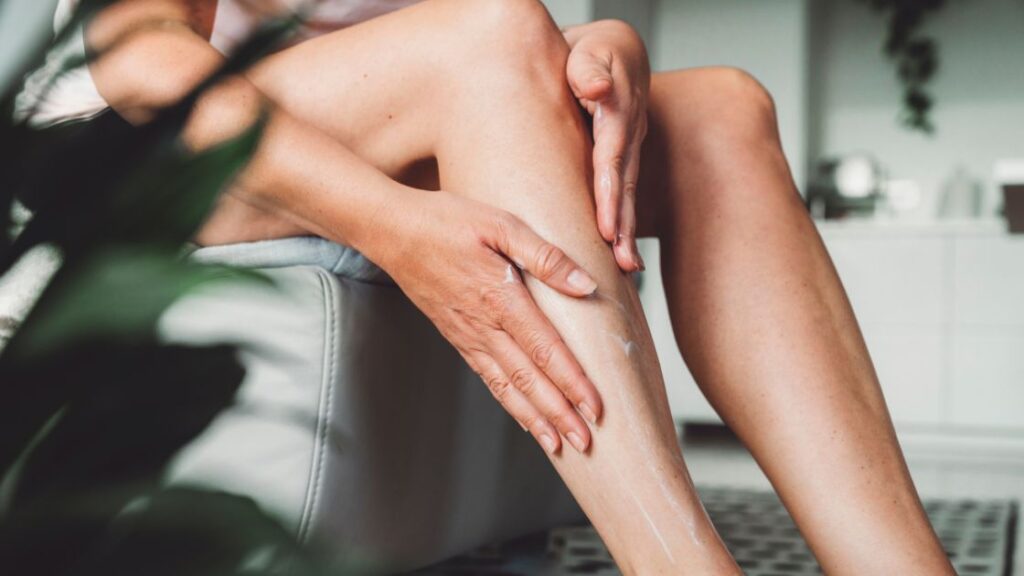
We’ve touched base on some of the lower leg muscles in a previous article. Many of us are familiar with previously mentioned gastrocnemius, as well as the soleus muscle deep to it. But we tend to ignore our other important muscles surrounding the area. Divided into the anterior, lateral, and posterior compartments, the lower leg is composed of thirteen separate muscles.
Today, we’ll focus on three muscles attached to your fibula: the peroneus longus, peroneus brevis, and peroneus tertius.
What Do the Peroneals Do?
The peroneal muscles, also known as the fibular muscles, are crucial to ankle movement and foot arch support.
- Peroneus Longus
- Supports longitudinal (lengthwise) and transverse (crosswise) foot arch
- At Talocrural Joint (where foot and leg meet): Plantar flexion
- At Subtalar Joint (where heel and ankle meet): Foot eversion – turning the foot outward and inward
- Peroneus Brevis
- At Talocrural Joint: Plantar flexion
- At Subtalar Joint: Foot eversion
- Peroneus Tertius
- At Talocrural Joint: Foot dorsiflexion – backward bending and contracting of the foot
- At Subtalar Joint: Foot eversion
Making it Strong
Peroneal injuries can be debilitating. Damage to these muscles can lead to a foot drop.
What is a foot drop? It’s an altered walking pattern involving the inability to properly flex the foot while taking a step. Due to the weakness in the peroneals, foot drop can cause a person to drag the toes when walking. To avoid this, the person may lift one knee higher than the other when striding, which increases the risk of falling.
Keep the peroneals strong and at lower risk for injury with some of these exercises:
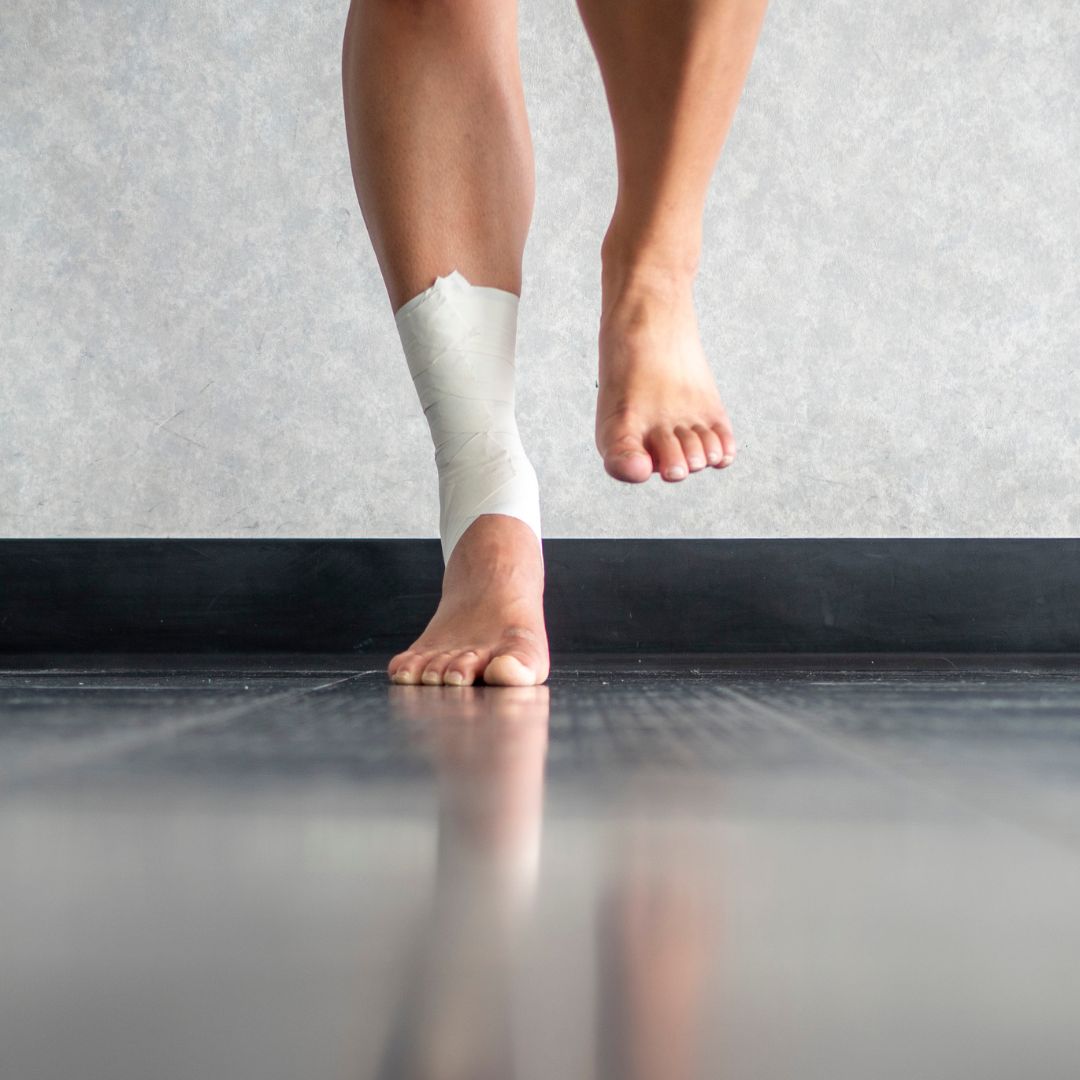
Balance on One Foot
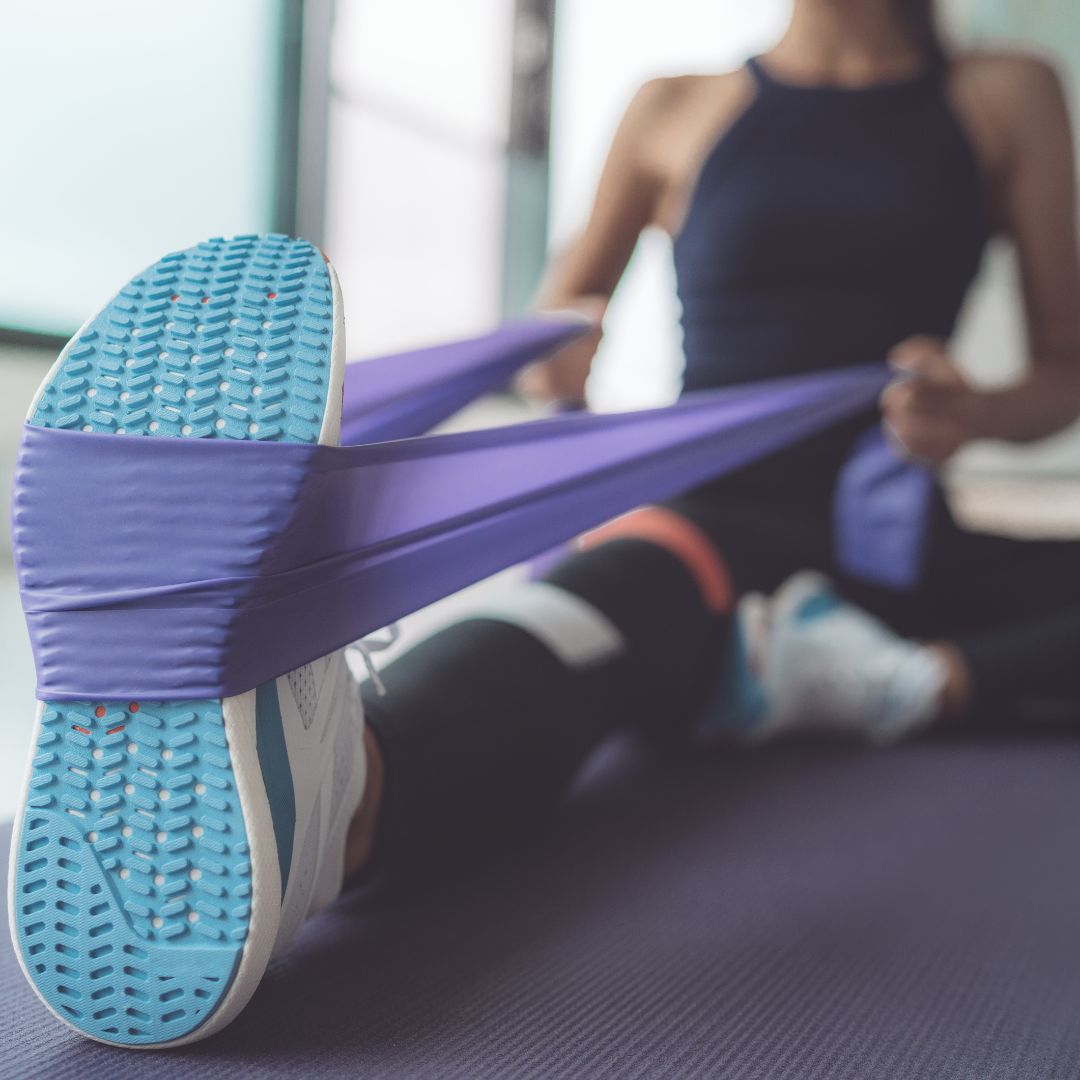
Foot Flexion with Resistance Band

Heel Raises
The Best Stretches for Your Peroneals
Now that you’ve worked out your ankles and arches, how do you keep them flexible? Flexibility is key to ideal posture and body mechanics, which are both associated with decreased risk of injury.
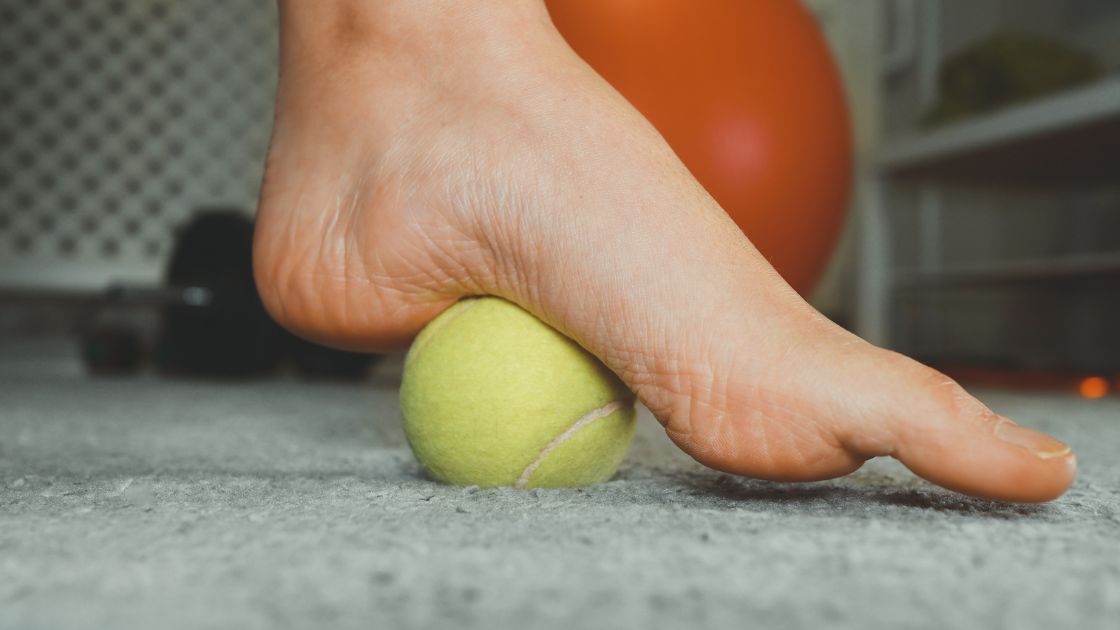
Tennis Ball Arch Massage
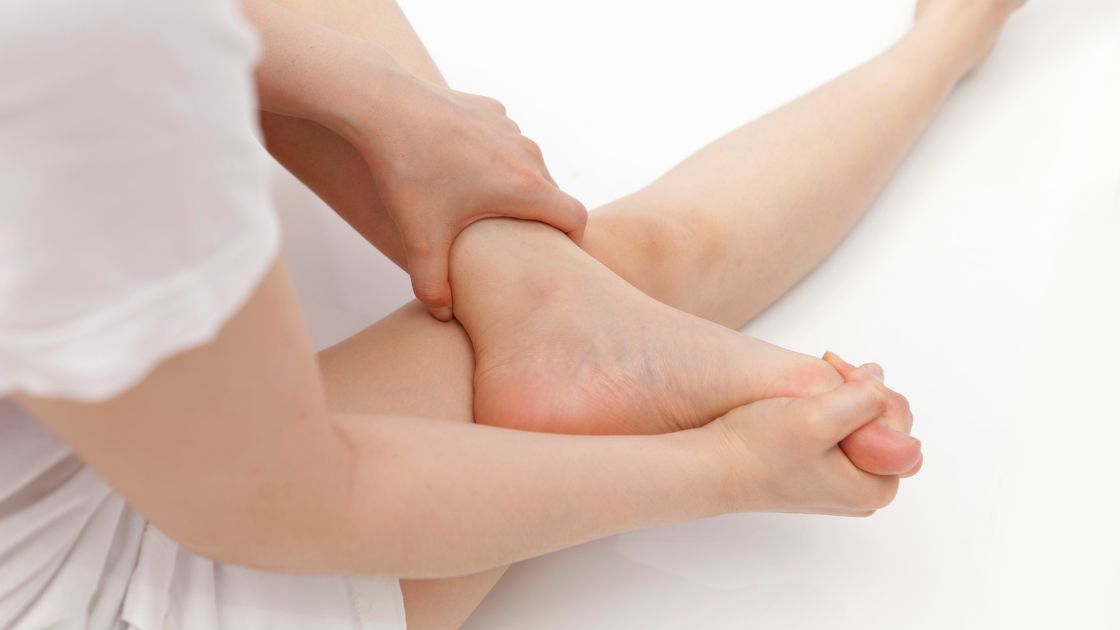
Ankle Rotation
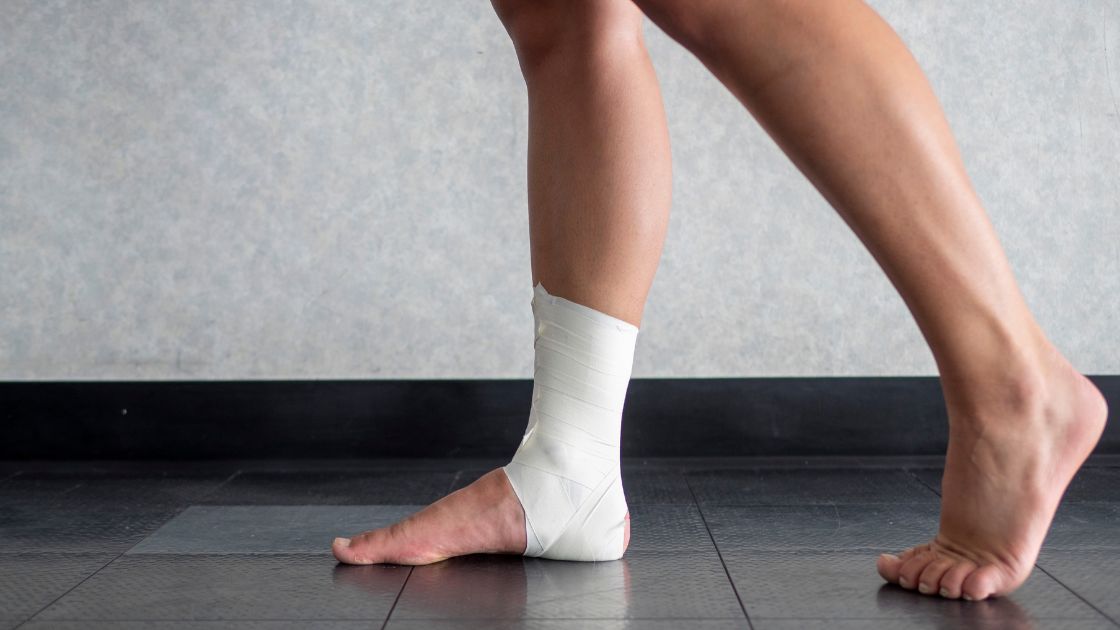
Ankle Flexion
Keeping it Happy
There’s a chance you have some foot massage tools laying around your house right now. In the peroneal stretch section just above, you saw that a tennis ball can be used to lengthen the shortened fibers in the arch of the foot. Well, I really just attached a picture of it – but if you want a deeper understanding of how to use the tennis ball on the arch of your foot, read this article!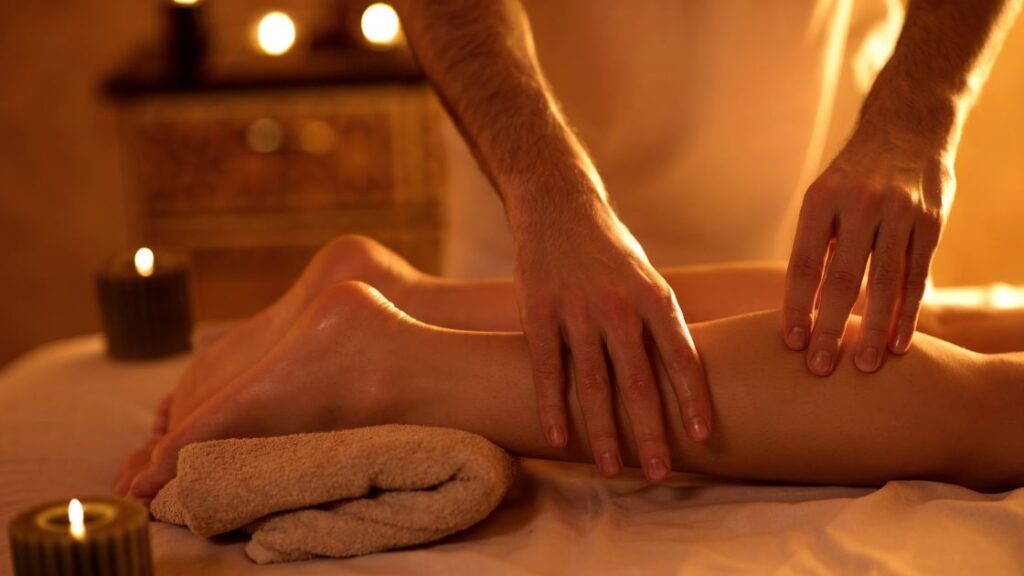
But that’s not the only arch massager you might have readily available. Did you know that an ice cold water bottle is also an effective self-massage tool for the foot? And to treat the peroneal muscle bellies on the lateral side of your leg, a rolling pin can be used to release the entire group!
Wait, why so much talk about at-home massage when it comes to the peroneals? Can’t a deep tissue massage combined with assisted stretching be effective on the legs and feet too? Of course it can be effective!
However, if a peroneal injury is already present, there’s a chance the muscles and associated tendons are very tender. Even the lightest touch can cause a “nerve-y” or even itchy discomfort. If this is the case, it may be in your best interest to control the pressure yourself on your own time. If your fibular muscles are only sore, by all means let a massage therapist apply the work and loosen those knots! But if you recoil in response to another person’s touch, the bodywork can be counter productive. You need the muscular adhesions removed, and a tensing muscle won’t allow that to happen.
Communicate with your massage therapist about the level and type of pain you’re experiencing when having your peroneals treated – if the peroneal targeting is too intense, just have the therapist massage the surrounding muscles.
Now You Know!
Walk tall and don’t fall! Let that foot move side-to-side and up-and-down with ease! Peroneus longus, brevis, and tertius need loosening up to hold you up!

Katrina Jenkins
Author, Licensed Massage Therapist
Katrina Jenkins graduated from Towson University in 2013 with a Bachelor’s Degree in Health Science and worked as a nurse’s aide briefly before pursuing her true passion. She graduated from the Massage Therapy Institute of Colorado in April 2016 with honors and completed the Touch of Healers Scholarship Program the following summer. She has been a part of the Moyer Total Wellness Team since the summer of 2017.
Resources
Manojlovich, L. (2023). Fibular/peroneal muscles of the leg. [online] Kenhub. Available at: https://www.kenhub.com/en/library/anatomy/peroneal-muscles-of-the-lower-leg.
Mayo Clinic Staff (2017). Foot drop – Symptoms and causes. [online] Mayo Clinic. Available at: https://www.mayoclinic.org/diseases-conditions/foot-drop/symptoms-causes/syc-20372628.
Morales-Brown, L. (2020). Exercises to help relieve peroneal tendonitis. [online] www.medicalnewstoday.com. Available at: https://www.medicalnewstoday.com/articles/peroneal-tendonitis-exercises.
Rad, BSc, A. (2023). Fibularis tertius muscle. [online] Kenhub. Available at: https://www.kenhub.com/en/library/anatomy/fibularis-tertius-muscle.
Photo Credit
Canva by Ziga Plahutar
Canva by kbycphotography
Canva by Maridav
Canva by Ziga Plahutar
Canva by M-Production
Canva by phototake
Canva by kbycphotography
Canva by skynesher
